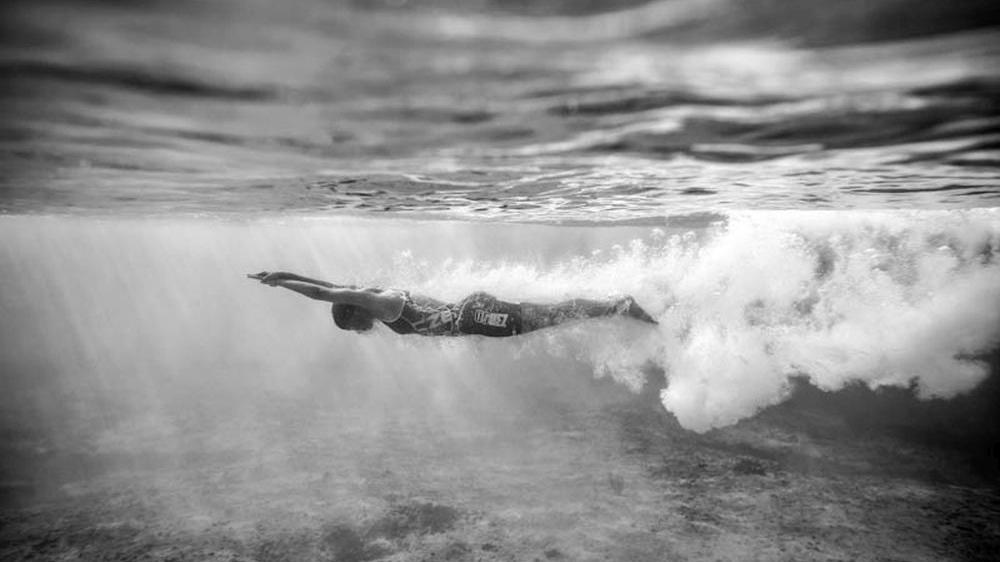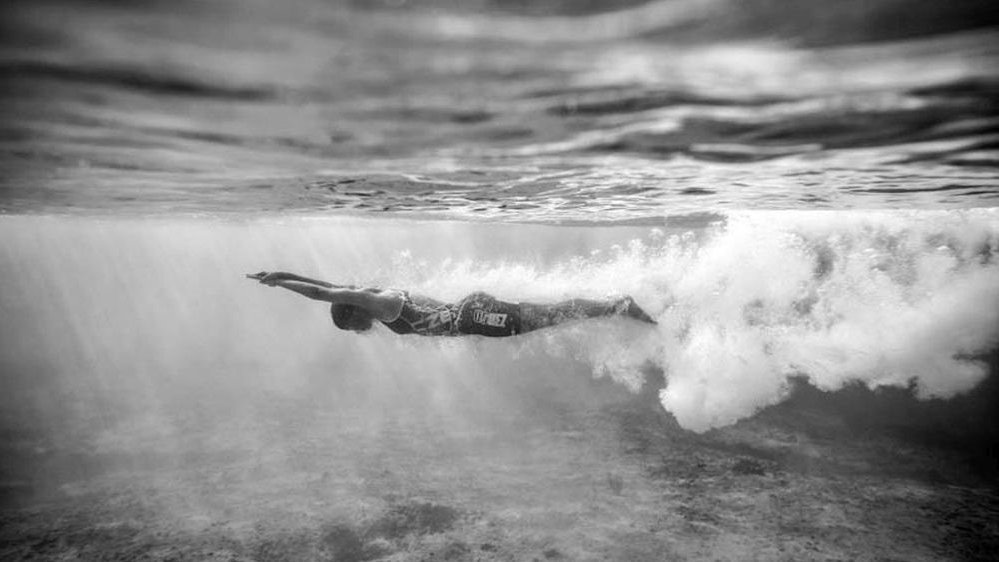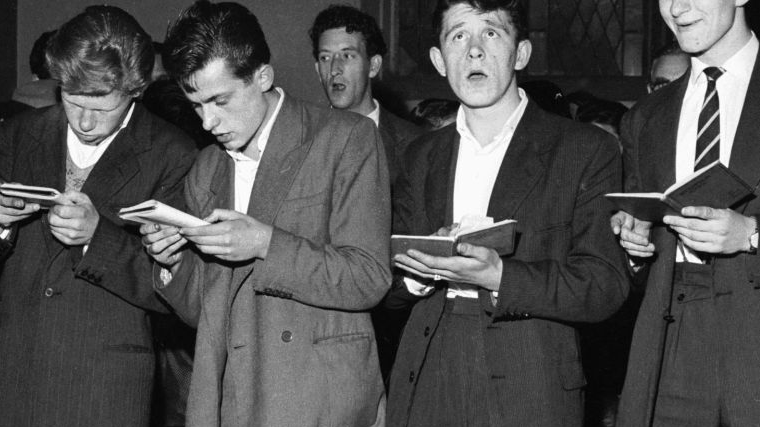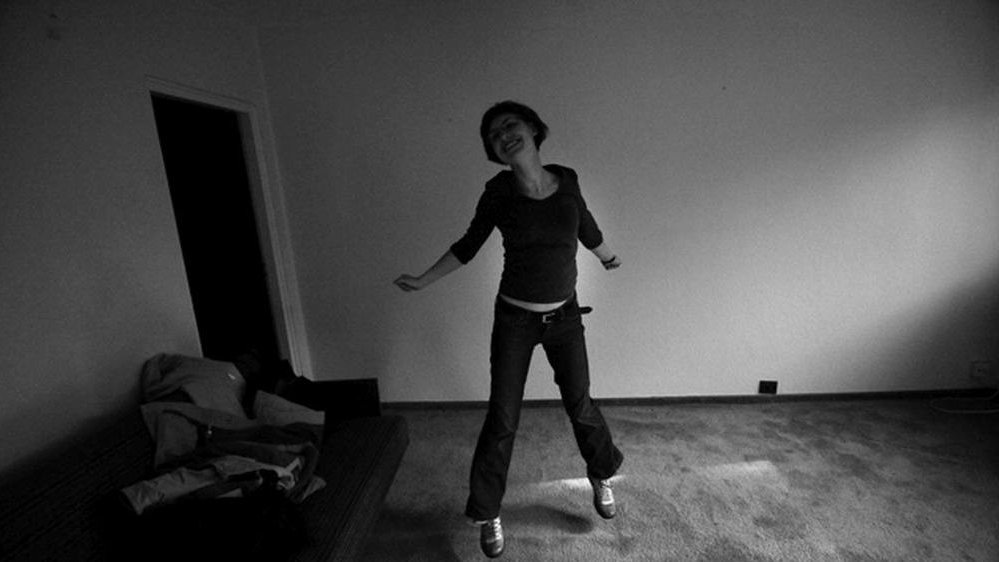CULTURE IN SLIPPERS: Photography as testimony for the times

But where do you begin? At the moment, there is only one answer. After all, there is someone - and not just anyone! - who has already photographed the devastating epidemic. His name is Sebastião Salgado and he's one of the world's leading documentary photojournalists and a former member of the eminent photographer cooperative Magnum Photos. If you are not lucky enough to be in a position to reach for the book of photographs End of Polio by this Brazilian photographer from your own shelf, you should visit the Magnum website and take a good look around. In addition to selected photos by Salgado, the site features a sample of his essays from the world's top magazines: Paris Match, Stern and Vanity Fair: https://www.amazonasimages.com/travaux-polio.
Once you have seen the entire site and an account of the deadly disease, you are not going to stop, are you? I suggest moving on to explore the vast archives of photo contests. It is one of those things you've never been able to make time for, isn't it? Every year, you glance through the most prominent photos and perhaps your favorite categories. Kudos to anyone who has looked at every award-winning World Press Photo in the last decade. And even if you have, I recommend going back over them again and taking your sweet time to do it. Ponder them over a cup of coffee. Revisit the last decade and perhaps regress even further to the pre-digital age of slides and negatives. This is the best way to see how the world has changed. You can move from landscapes to global conflicts to international events. You will also see how photography itself has evolved through various trends. Would anyone today take notice of the photo won Bela Zola an award in 1956? Look it up at https://www.worldpressphoto.org/collection/photo/1956/28664/1/1956-Bela-Zola-GN1.
You might also want to look beyond the world's most prominent photo contests and see some of the lesser-known photojournalism competitions. Examples include Photographer of the Year International (https://poy.org/69/archive.php), the Polish national Grand Press Photo, but also some of the small local contests held all around the country such as Wielkopolska Press Photo (https://www.wbp.poznan.pl/fotografia/konkursy/wielkopolska-press-photo/) with its few dozen contestants. The pictures they feature are a true record of the world we live in and a true testimony for the times viewed both broadly and from a small regional perspective. Contest archives are also a treasure trove of names to look up online to find photographic gems. For instance, by searching the winners of the Wielkopolska contest you will run into - wait for it - Filip Springer.
Anything other than contests? Check out two go-to websites that are certain to produce supreme documentary photos. They belong to two photo agencies that do not do "news" and that have instead dedicated themselves to the increasingly forgotten art of photojournalism. Magnum (https://www.magnumphotos.com/photographers/) and VII (http://viiphoto.com/) offer photographic essays of the highest order with a multitude of authors and styles ranging from the witty Elliot Erwit, to Thomas Dworzak who documented the transformation of Sochi on the eve of the 2014 Olympic Games, to the multiple award-winning Polish photojournalist Rafał Milach.
Photography can be interpreted in various ways: through the lens of its artistry, through the prism of photographers' prior creative achievements and in relation to other works of art. You can also see it simply as documenting the world we once knew and I strongly encourage you to do so. That is because there is no denying that two, three or four months from now, we will all face an entirely different world. And then we will resort to photographs again: those from 2019.
Adam Jastrzębowski
translation: Krzysztof Kotkowski
© Wydawnictwo Miejskie Posnania 2020
See more

From One Celebration to Another

Christmas Markets and Fairs with Attractions

Truly Festive Vibes




